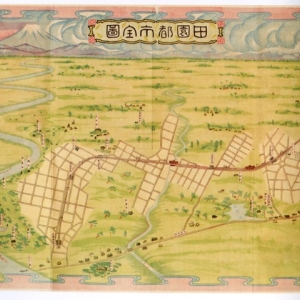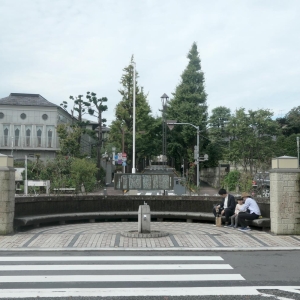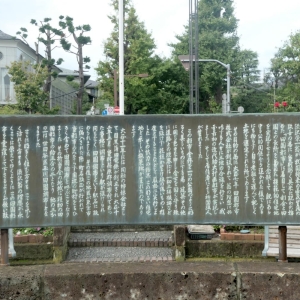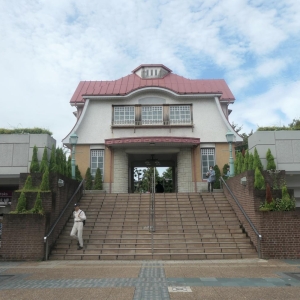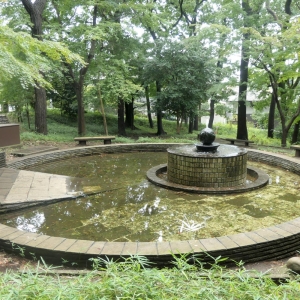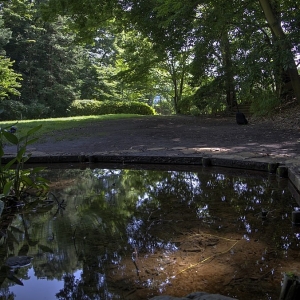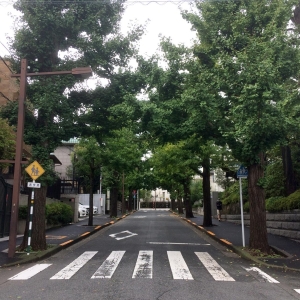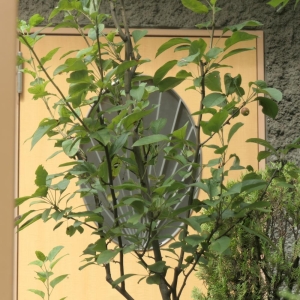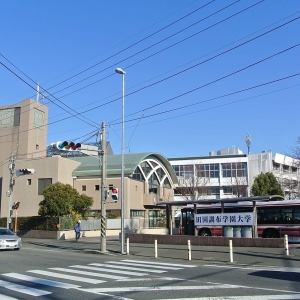
Den-En-Chōfu
Tokyo, Japan
Den-en-chōfu is a residential neighborhood located in southern Tokyo.
| Garden City Type: | Mixed (housing association / municipality / other) |
| Country: | Japan |
| City: | Tokyo |
| Years of construction: |
1918 Start construction
|
| Initiator/client: | Shibusawa Eiichi |
| Architect or related: |
Shibusawa Eiichi Shibusawa Eiichi, 1st Viscount Shibusawa (渋沢 栄一, March 16, 1840 – November 11, 1931) was a Japanese industrialist widely known today as the "father of Japanese capitalism". He established a wide variety of companies and economic organizations. |
| Heritage status: | No |
| General condition of Garden City: | Good condition |
General description
Den-en-chōfu (田園調布) is a residential neighborhood located in central Ota Ward, about 10 kilometers to the south of Tokyo city center. In 1918 Den'en Toshi Co., Ltd (Garden City Co., Ltd) was founded, a group led by industrialist Eiichi Shibusawa, which planned and developed Den-en-chōfu.
Ebenezer Howard's garden city ideas were a big influence, but in order to gain more knowledge and inspiration for the construction of a garden city in Japan, Shibusawa Eiichi's son Hideo visited 11 countries in Europe and the United States from August 1919. According to his memoirs at that time, it seems that the streets of St. Francis Wood, a luxury residential area on the outskirts of San Francisco, were used as a reference for the construction of Den-en-chōfu.
The land that would become Den-en-chōfu was essentially all farmland or woodlands. The idea was to surround the outside of the city with countryside and green areas, attract businesses, and build an ideal residential area with excellent residential environment without traffic congestion or pollution. The streets that radiate around the station square in Den-en-chōfu are a remnant of the characteristics found in European cities at that time.
Den-en-chōfu however was not a “true” garden city in the way Ebeneezer Howard depicted it. It wasn't meant to be a seperate community, but a part of Tokyo.
Den-en-chōfu's success can in part be attributed to the huge population exodus from Tokyo following the Great Kanto Earthquake of 1923,
Architecture / Urban planning
The street grid to the west of the railway station is distinctly fan-shaped. Rows of ginkgo trees line the streets here. In other areas cherry blossom trees are dominant. Around Tamagawa Station are Tamagawadai Park and Denenchofu Seseragi Park located.
The residences are fairly big compared to normal housing in other areas in Japan.
Sources
- Publication
Ken Tadashi Oshima, 'Denenchōfu: Building the Garden City in Japan'. In: Journal of the Society of Architectural Historians Vol. 55, No. 2 (Jun., 1996), pp. 140-151 (University of California Press).

